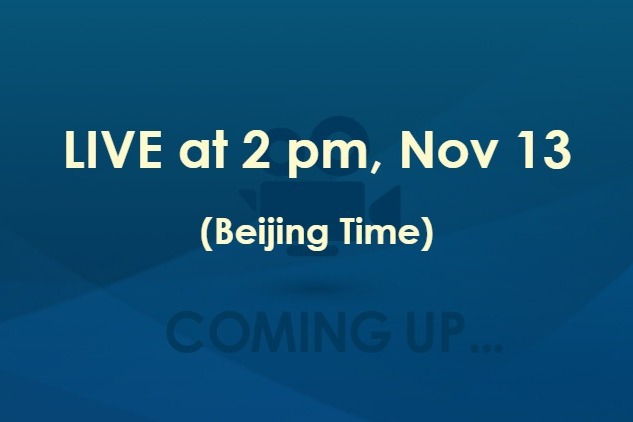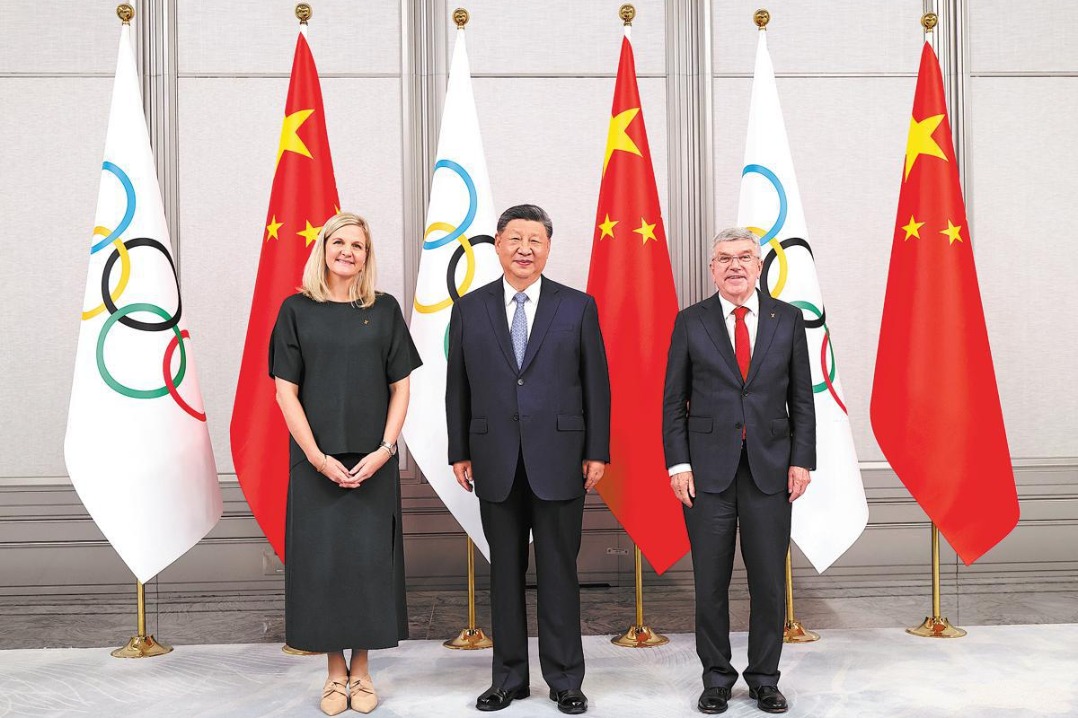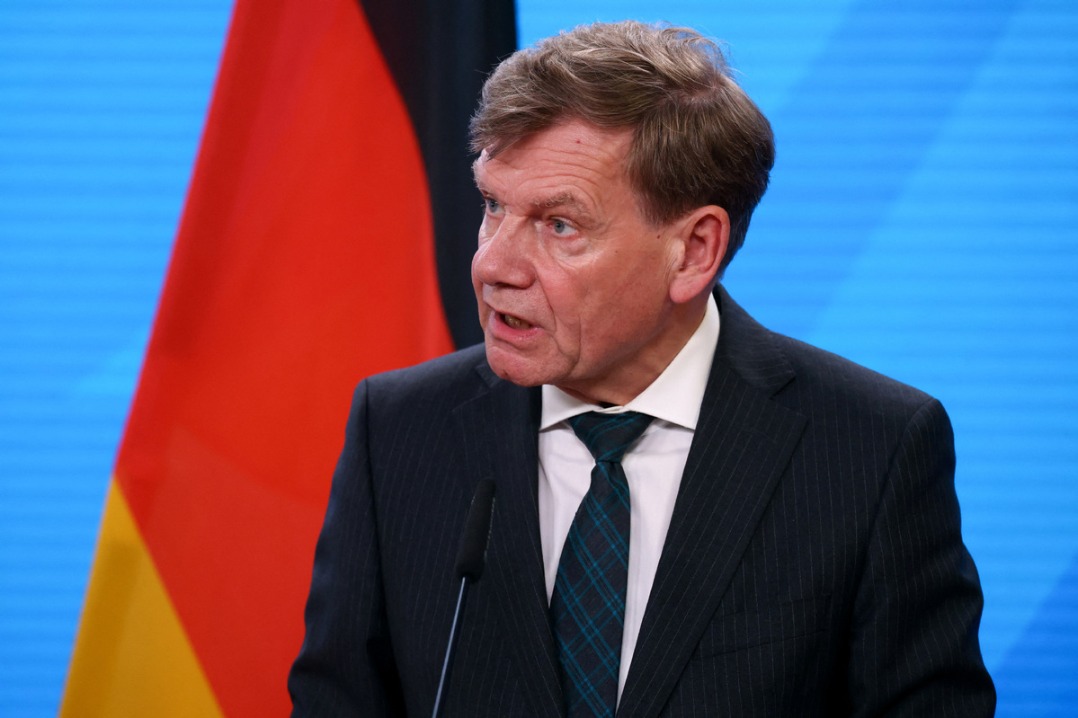Hong Kong's distorted poverty statistics are misleading


The history of Hong Kong's poverty statistics is an unfortunate one. For many years, Hong Kong had no formal poverty line, e.g., the level of income or assets below which you are deemed to be in poverty.
To correct this, the government made the important decision to introduce such a line. There are two ways to do this. One is an absolute measure — an estimate is made of the level of income or assets required for a household to meet basic requirements for food, housing, clothing etc., and households that fail to meet that level are deemed to be in poverty. The other method is a relative measure — households with less than 50 percent (or a different percent) of the median levels of income or assets of all households are deemed to be in poverty. In general, poorer countries use the absolute measure and richer ones follow the relative approach.
Hong Kong's poverty line was introduced in 2009. It is defined by household size and is set at 50 percent of the median income for a particular household size. For example, consider a household size of one — e.g., someone living alone. The government's report calculated that the median income of these households was HK$8,000 (US$1,030) in 2018 and therefore defined the poverty level to be HK$4,000 for a one-person household.
The income used is salary income plus payments from the government such as the Comprehensive Social Security Allowance, the Old Age Living Allowance, etc. No account is taken of household assets.
The result has been a disaster. For 10 years, the government has been creating lengthy reports on this basis. You can easily find the "Hong Kong Poverty Situation Report 2018" on the web. It is 280 pages long. It takes only a brief look to see just how silly these numbers are.
According to the government's 2018 report, there were 316,000 households in Hong Kong below the poverty line; 206,000 of them were stated to be owner-occupiers. We are told that 65 percent of the poorest people in Hong Kong owned their own flat. This is patently absurd in Hong Kong with its sky-high property prices.
The lack of an asset component has resulted in large numbers of wealthy or comfortably well-off elderly people being classified as being in poverty since they have no salary. Perversely, those elderly on CSSA are less likely to be classified as being in poverty because their CSSA payments are included in the calculation.
These poverty numbers are produced annually. The media reports on the numbers without comment. They are often quoted in other reports.
Something needs to change.
The Business and Professionals Federation of Hong Kong is a think tank that focuses on Hong Kong policy issues. It has come up with an alternative definition of poverty that attempts to take account of all household income and assets. The BPF methodology is based on an absolute measure of poverty that recognizes Hong Hong’s high cost of living. The measure makes a clear distinction between those in public housing, those in private rental accommodation and owner-occupiers.
Our results are based on using a figure of HK$5,000 per month per person for basic expenses other than housing. We then have a varied amount based on the three housing categories just mentioned. On this basis, BPF estimates that 547,000 households (1.5 million people) are in poverty compared to government numbers of 316,000 (730,000 people). BPF's numbers show that 1.2 million people under 65 are in poverty compared to 400,000 in the government numbers. This is triple the government's estimate.
Why is this important? The government spends a lot of money aimed at improving the lot of Hong Kong's poor, including CSSA, OALA, fruit money, MTR concessions, etc. This money needs to be increased and also much better focused. A new poverty line, if sensibly arrived at, would be an important tool. It would help the government to design more effectively focused programs to reduce and ultimately eliminate poverty in Hong Kong.
Hong Kong is a rich society. The Hong Kong Special Administrative Region government, despite the costs of dealing with the pandemic, is still in a very strong financial position. Hong Kong is arguably the most economically unequal society in the developed world. There are wide gaps between our rich and the poor, and these gaps are widening.
For the sake of public harmony, Hong Kong can, and should, set a goal to eliminate poverty in the city. To do this, a key first step should be to properly define poverty and throw out the existing statistics. It would be reassuring to the impoverished among us for the chief executive to make a commitment toward this in her delayed Policy Address on Wednesday.
The author is the chairman of the Business and Professionals Federation, a think tank focusing on Hong Kong policy issues. He has lived in Hong Kong for 32 years and is a past chairman of the Employers' Federation of Hong Kong.
The views do not necessarily reflect those of China Daily.
































